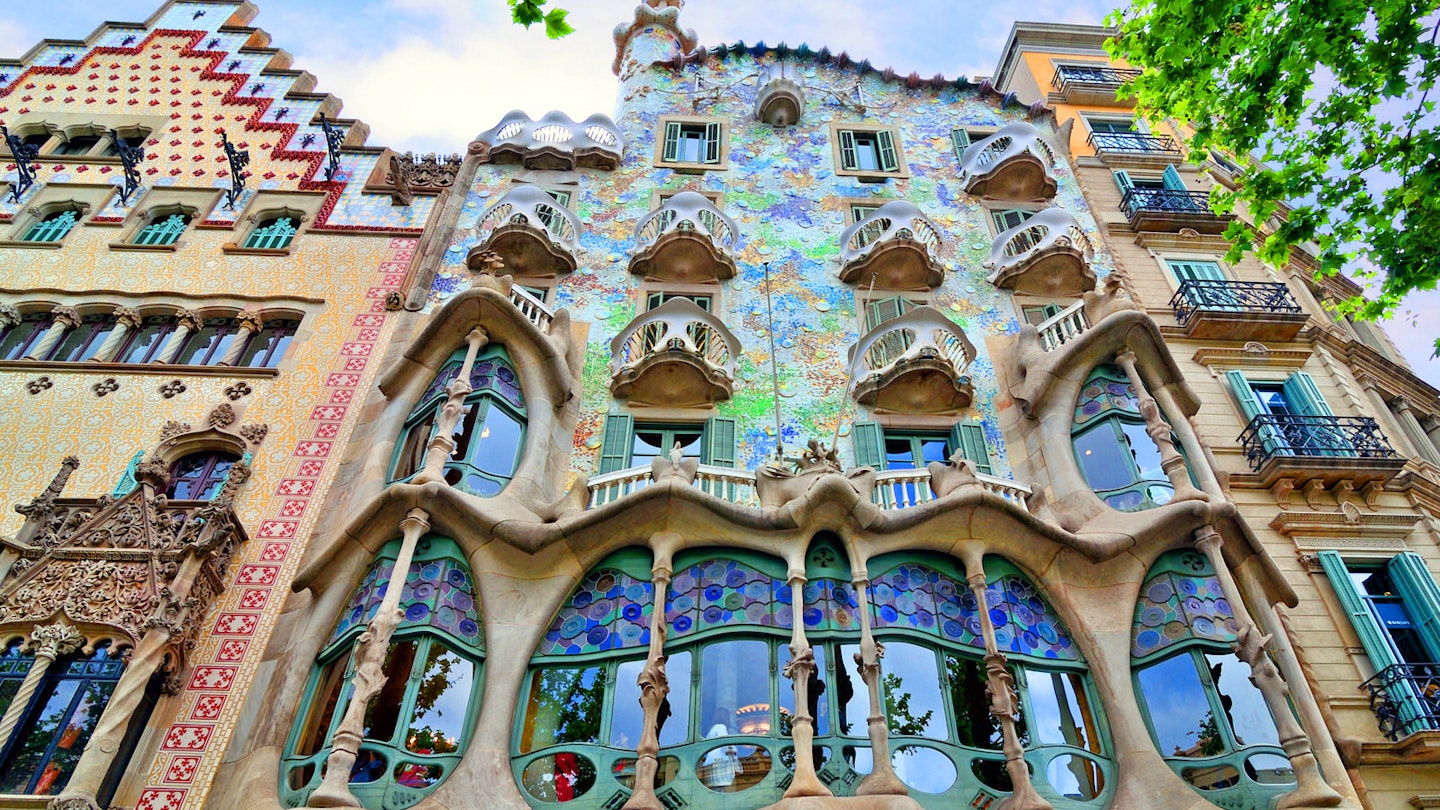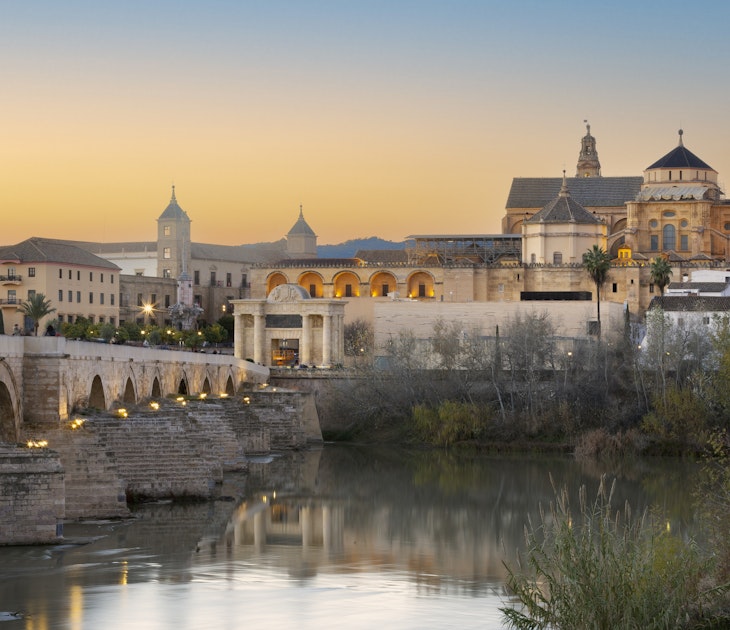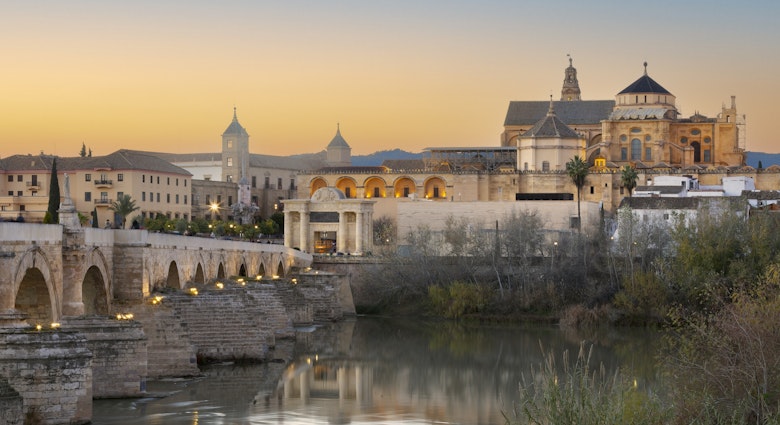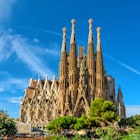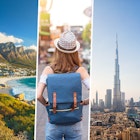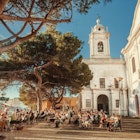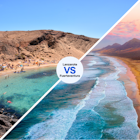A weekend in Barcelona can only ever be a teaser of what this majestic beachside city has to offer, so here is a grab-bag of highlights, spanning ancient and modern and packaged into a geographically convenient, walkable two-day tour.
It is also all-weather, but in high summer you might want to substitute some sightseeing for an afternoon at the beach, or some fresh air and panoramic views up on Montjuïc. We strongly advise that you book all big sights online in advance, both to save money and to avoid disappointment or big queues.

Saturday
10am
There are many things that make Barcelona unique, but foremost among them is the architectural style known as Modernisme, a close relation of Art Nouveau. Start with breakfast at Els Quatre Gats in a building designed by Puig i Cadafalch – one of Gaudí’s contemporaries, with his own distinctive spin on the Modernista style.
11am
Wander up Portal de l’Àngel to Plaça Catalunya, the starting point for the elegant Passeig de Gràcia, a long showcase for haute couture shops and Modernista architecture. Three perfect examples of the style, each displaying the distinctive traits of the three main proponents of the movement, sit almost side by side on the Manzana de la Discòrdia (Block of Discord). On the left is Domènech i Montaner’s frothy Casa Lleó Morera; in the middle is Puig i Cadafalch’s Flemish-inspired Casa Amatller, which houses a small chocolate museum; and to the right is Gaudí’s celebrated Casa Batlló, also open to the public.
1.30pm
Continue up to Gaudí’s La Pedrera apartment block, and from here it’s a short walk to Catalan bistro Embat for a leisurely lunch.
4pm
Get the metro or a bus to the stunning but undervisited Recinte Modernista de Sant Pau, a former hospital designed by architect Domènech i Montaner. For a fee, visitors can stroll through the grounds and admire the fanciful pavilions that once served as wards.
6pm
Take a 15-minute stroll from here to Gaudí’s unfinished cathedral, La Sagrada Família. Love it or hate it, it’s one of Barcelona’s quintessential sights. It's usually essential that you book ahead online; allow an hour or two to see it properly.
8.30pm
By now you might be ready to jump in a cab to Tapas 24, a smart basement haunt from local celeb chef Carles Abellán serving great-value gourmet tapas.
11pm
Head down into the Barri Gòtic to catch some live music at Harlem Jazz Club (which offers music in every flavour, not only jazz) or El Paraigua, which specialises in funk and soul in its cosy basement space.

Sunday
8.30am
Forget breakfast in your hotel, and head straight out to beat the crowds and see La Rambla at its one peaceful moment of the day. If you begin right at the bottom, you can take a lift to the very top of the Mirador de Colom, Barcelona's answer to Nelson's Column – with Columbus at the top – from which you can see across the entire city and out to sea.
9am
From here head up La Rambla, a tree-lined boulevard that only displays its true elegance early in the morning, before the cruise ships disgorge their masses, and the human statues and pickpockets set up for the day's roaring trade. From bottom to top, look out for the Plaça Reial to the right, the Liceu opera house to the left, and the Miró pavement mosaic right in the middle, just after the historic Cafè de l'Òpera, where you can stop for coffee and a croissant.
10am
From around the halfway point on La Rambla, follow the Carrer del Ferran, which leads north to the Plaça de Sant Jaume. This handsome square is flanked on one side by the ajuntament (city hall) and on the other by the Generalitat, the seat of the Catalan regional government. A sidestreet to the right of the Generalitat takes you to the hidden Temple Romà d'August, with four soaring columns that have stood here since Roman times.
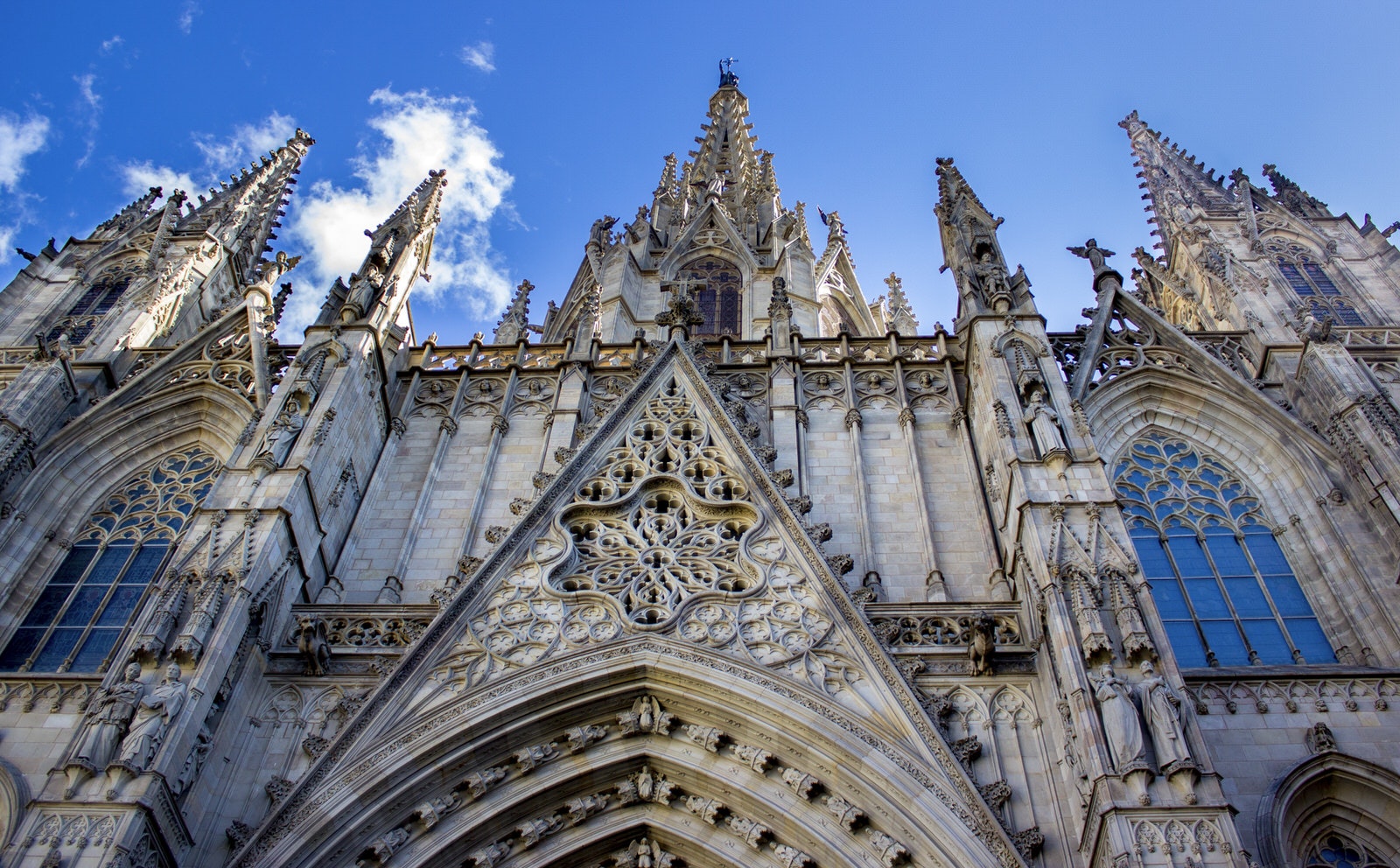
11am
Continuing down this street will take you to the back of La Catedral, a looming Gothic affair, famous for the 13 geese resident in the cloister – one for every year of St Eulàlia's life. Joint patron saint of Barcelona, her small corpse is buried in the crypt.
12.30pm
Come out of the main entrance of the cathedral, past the sardana dancers who perform here on Sunday mornings, and head right to the Via Laietana. A short walk uphill takes you to the fanciful Palau de la Música Catalana, a Modernista concert hall, where you can take a guided tour or simply admire the stunning façade.
2pm
A couple of blocks south of here is the Mercat de Santa Caterina, a colourful food market with an undulating Gaudíesque roof – walk past it on your way to El Atril, where you can have lunch in a small square in the sunshine.

4pm
After lunch, stroll it off in the nearby Parc de la Ciutadella, a verdant oasis with a boating lake, a zoo and a rose garden, and then head to the Museu Picasso, which is free to enter on the first Sunday of the month.
7pm
Heading seaward from the Museu Picasso, you’ll arrive at the Passeig del Born, a pedestrian boulevard flanked at one end by the 14th-century Santa Maria del Mar basilica and at the other by the Born Centre Cultural. This handsome iron and brick construction was built in the 19th century as a market, and was recently renovated as an exhibition space and restaurant. In the centre you can see the remains of houses razed by the forces of Philip V in the War of Spanish Succession.
8pm
Just in front you’ll find laid-back cocktail bar Guzzo, run by one of the city’s best-known DJs, often to be found at the decks here. This is the perfect place for a sundowner before dinner round the corner at Casa Delfín, where you can try classic dishes from all over Catalonia.
This article was first published in April 2015 and last updated in June 2019.
